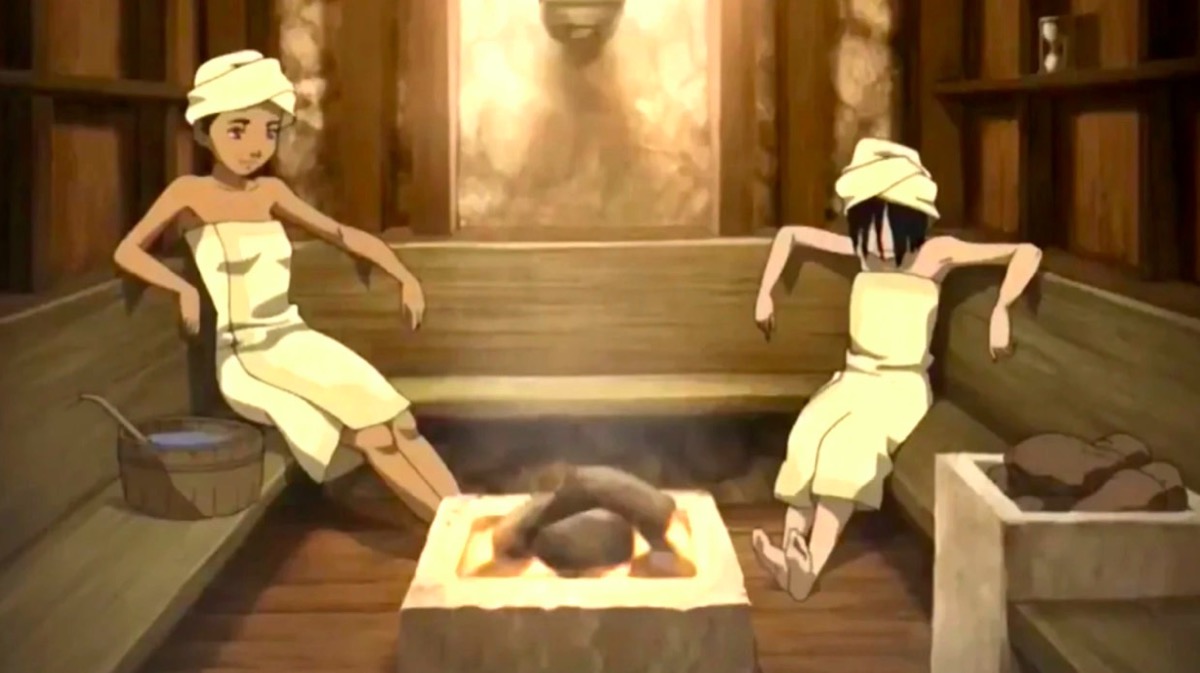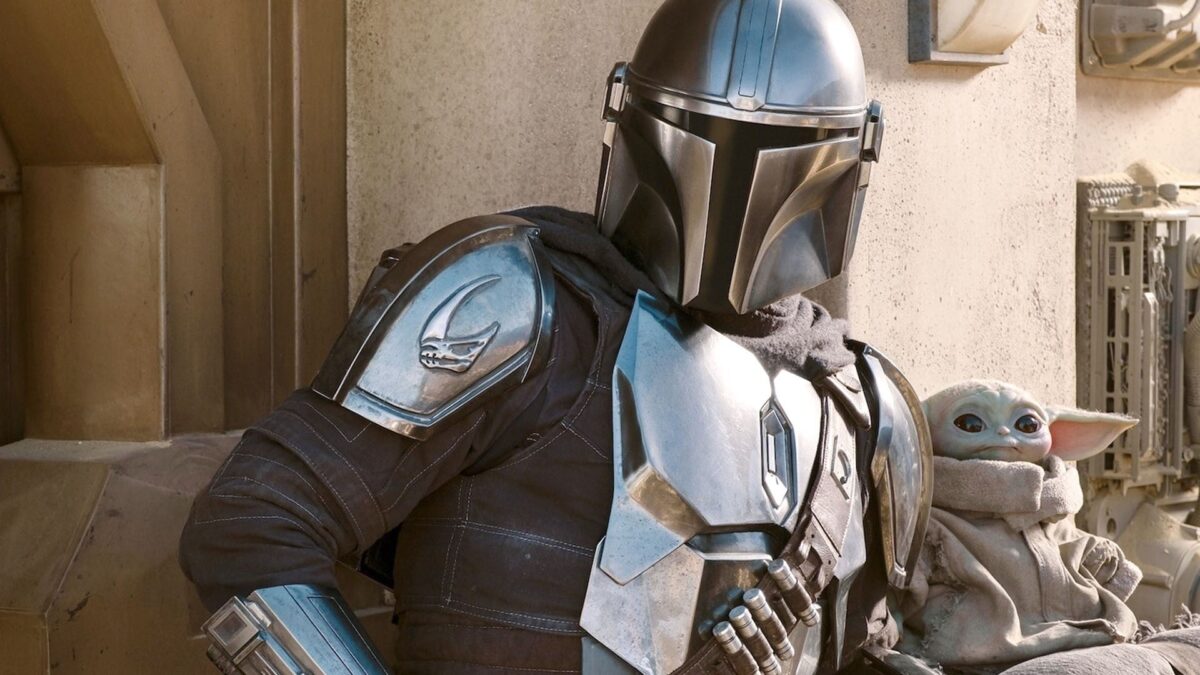“Filler Episodes” Don’t Deserve Their Bad Reputation
Maybe the real episode was the friends we made along the way.

We’ve all had that issue. You’re watching our favorite TV show. You’ve had a series of really plot-heavy episodes that got you really excited for the main story. And then you have one episode where everything seems to grind to a halt and the characters spend a whole 22-45 minutes doing the most tedious things that seem disconnected from the main story—the dreaded “filler episode.”
But is it actually just filler?
TVTropes.org defines filler episodes as “entries in a generally continuous serial that are unrelated to the main plot, don’t significantly alter the relations between the characters, and generally serve only to take up space.” Anime is infamous for this (understandable, given many anime series have hundreds of episodes), but the critique has also been recently leveled against shows with very few episodes, such as Disney+’s live-action Star Wars series, The Mandalorian (which only has 8 episodes per season).
The problem with this definition is that some of the best episodes of many popular TV shows should be deemed “filler.” Avatar: The Last Airbender’s “The Beach” and “The Tales of Ba Sing Se” (AKA the Little Soldier Boy episode) would both likely qualify, as they add nothing to the main plot, but they are essential to building on character and relationships.
So, what really earns some of these episodes the label of “filler” and others not?
Mostly, fan reaction.
Many people have begun writing off episodes they don’t like as “filler” that have no connection to the main story, despite the fact that a good portion of these episodes are in fact vital to the overall show. They bring in new characters or locations, introduce new ideas or themes to challenge the protagonist’s worldview, or develop characters and relationships even if those developments don’t immediately “significantly alter the relations between the characters,” most of which are essential to having an engaging piece of media.
The Mandalorian being derailed from his mission by a bunch of Jawas who task him with getting a Mudhorn’s egg seems entirely pointless, especially for the second-ever episode of the show. However, that mission is the catalyst that causes the titular Mandalorian to build an actual relationship with the Child and eventually provides the Mandalorian with his clan sigil: the very Mudhorn that he and the Child slayed together. If it hadn’t been for that episode, the Mandalorian would not have had any reason to rescue the Child, apart from the fact that he’s cute. Episode 2 makes it into a matter of honor, of paying a debt, of doing right by his heritage as a Mandalorian Foundling.
“The Prisoner” (the heist episode of The Mandalorian) is actually much more of a filler episode, and it’s considered to be one of the most thrilling episodes of the show.
And while Season 2 has felt somewhat episodic in its video game-esque “do this task to get this info” formula, every episode has connected to the main theme of what it means to be a Mandalorian. Is it to never reveal your face and dishonor your armor (“The Redemption,” “The Heiress”)? Is it to keep your word despite the complications that arise (“The Passenger,” “The Heiress”)? Is it to protect those you care about, even if it means compromising your identity and breaking your word (“The Jedi,” “The Believer”)? Every episode challenges Din Djarin in a new way, in a way that the average Star Wars movie has rarely been able to challenge its main characters’ beliefs.
So why do we have such resentment for “filler” episodes?
In many ways, social media, live streaming/tweeting, and reaction videos have cultivated this idea of making snap judgements about a piece of media from the second it drops. While you can arguably do that with a movie, where the story should be able to stand on its own, a single episode of a TV show is (usually) not the whole story, especially if it is not a season or series finale.
Another reason is that many streaming services are cutting down on breather episodes to make their shows as “bingeable” as possible, relying on constant cliffhangers and plot twists to keep audiences’ attention.
Breather episodes are “used after a particularly grueling and emotional story arc or episode, or as a break partway through a sequence of intense episodes, and serves to lighten the mood, to contrast with the ‘dark’ mood of the previous episode.” They may appear silly and disconnected but are often the breath of fresh air the audience doesn’t realize they need until they are back in the action.
What would Avatar: The Last Airbender’s “Sozin’s Comet” finale be without “The Ember Island Players” to recap all of the Gaang’s trials and tribulations?
Game of Thrones’ final season was essentially trying to turn every episode into a so-called “Wham Episode,” full of action and plot twists and “payoff.” However, that ended up being to the show’s detriment, as it had too much happening in not enough episodes, leading to jumps in character development that came off as too sudden and unearned. Fans longed for the pace of previous seasons, where progress was slow, but moments of triumph and horror were earned over episodes, if not whole seasons, of buildup.
So the next time you feel frustrated with a “boring filler” episode, try to find a moment you enjoyed, be it a joke or a character interaction. Remember that these episodes are chapters in a story, and that the story’s still being told.
And to the writers and storytellers out there, remember: The joy is in the journey. Those pit stops and side-quests can often be the diamond in the rough, far more rewarding than the jewel of the main plot.
(featured image: Nickelodeon)
Want more stories like this? Become a subscriber and support the site!
—The Mary Sue has a strict comment policy that forbids, but is not limited to, personal insults toward anyone, hate speech, and trolling.—
Have a tip we should know? [email protected]

